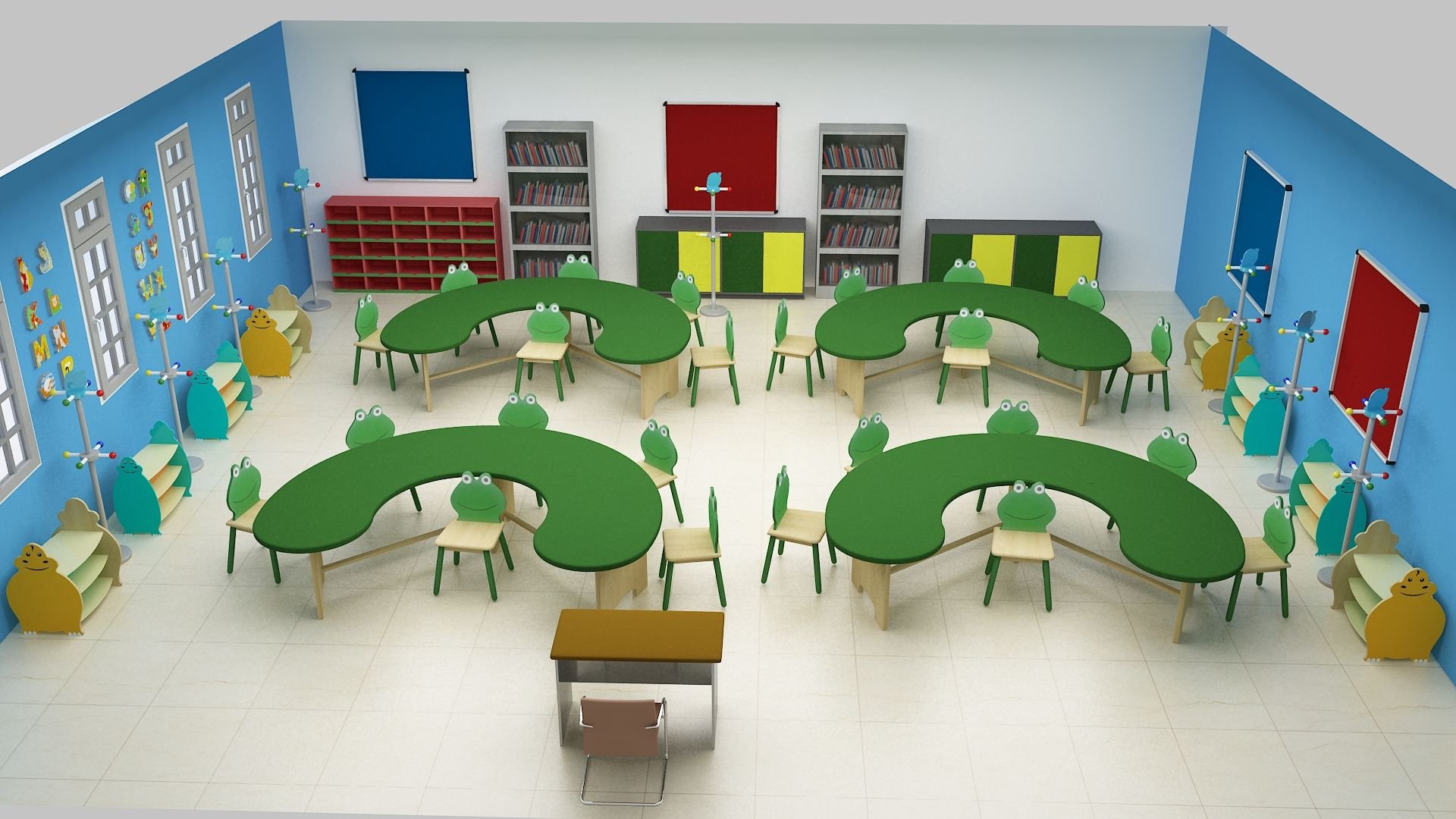Classroom Furniture
Maximize Classroom Space Efficiency with Thoughtful Furniture Arrangements
In the quest to optimize classroom functionality, the strategic organization of furniture plays a pivotal role. Today, classroom design goes beyond mere aesthetics; it fosters an environment that encourages effective collaboration among students. While the goal is to maximize space with carefully selected classroom furniture, it is crucial to uphold safety standards to support diverse learning scenarios.
Creating a Collaborative Learning Environment
Teachers seeking to enhance collaborative learning can achieve this by adopting specific desk arrangements. Rows of desks aligned in an orderly manner promote focused group work. However, it’s essential to consider different learning situations and tailor the classroom design accordingly.
Exploring Diverse Learning Scenarios BUILD A BETTER TOMORROW
Work Together: Arrange desks in rows to facilitate collaborative efforts among students.
Independence: Encourage independent study by allowing for increased availability of wardrobes and shelves.
Small Group Instruction: For targeted instruction, consider dividing the class into manageable groups with aligned seating.
Modern Classroom Design for Flexibility
Introducing a flexible and modern classroom design further expands possibilities. Consider arranging desks in groups of three or four, strategically spaced around the room. This innovative setup allows for dynamic interactions while ensuring each student faces their peers, promoting engagement.

Ensuring Safety in Design
Defined Spaces: When placing desks in groups, maintain a clear distinction between each group to avoid physical contact between students.
Movable Boards: Enhance safety by introducing movable boards between desk groups, providing an additional layer of separation.
Practical Implementation of Classroom Design Classroom Furniture
Incorporating these strategies not only maximizes space but also accommodates various learning preferences. The introduction of an open space in the middle of the classroom facilitates easy access to smaller groups, ensuring a seamless flow of movement and interaction.
In conclusion, optimizing classroom space with thoughtfully arranged furniture goes beyond the physical layout. It contributes to creating a conducive environment that caters to diverse learning needs while prioritizing safety. As educators navigate the challenges of space constraints, a well-designed classroom becomes a versatile hub for collaborative learning experiences.
Maximizing Classroom Efficiency: The Role of Ergonomic Furniture and Technology Integration
In the pursuit of optimizing classroom functionality, the choice of furniture extends beyond spatial considerations. Integrating ergonomic furniture not only enhances comfort but also contributes to a conducive learning environment. Ergonomically designed chairs and desks accommodate diverse student needs, promoting better posture and minimizing discomfort during extended study sessions.
The Impact of Technology Integration BUILD A BETTER TOMORROW
In today’s digital age, the integration of technology into classroom design is paramount. Consider incorporating adjustable desks that cater to both traditional note-taking and digital device use. Additionally, installing interactive whiteboards or screens can transform the learning experience, facilitating dynamic presentations and collaborative activities.

Adapting Furniture for Technology Use Classroom furniture
Adjustable Desks: Opt for desks with height-adjustable features, accommodating students who use laptops or tablets for note-taking.
Charging Stations: Integrate charging stations within the classroom to ensure that students’ devices remain powered throughout the day.
Enhancing Classroom Flexibility through Modular Furniture Classroom Furniture
Modular furniture presents a versatile solution for classrooms with varying needs. Tables and chairs that can be easily rearranged allow for quick adaptation to different teaching styles and activities. This flexibility encourages an agile learning environment, catering to the evolving dynamics of each lesson.
Creating Adaptable Spaces BUILD A BETTER TOMORROW
Mobile Furniture Units: Invest in mobile furniture units that can be effortlessly rearranged to create collaborative clusters or traditional rows, promoting adaptability.
Flexible Seating Options: Introduce alternative seating options, such as bean bags or standing desks, to cater to diverse student preferences.
Sustainable Classroom Design
Incorporating sustainability into classroom design aligns with broader educational goals. Opt for eco-friendly furniture made from recycled materials and consider energy-efficient lighting solutions. Educating students about sustainable practices through the physical environment fosters a sense of responsibility towards the environment.
Sustainable Choices for Classroom Design
Recycled Furniture: Choose furniture crafted from recycled materials, reducing the environmental impact of classroom setups.
Energy-Efficient Lighting: Implement LED lighting systems to reduce energy consumption and create a well-lit, environmentally conscious space.
By expanding the focus beyond traditional spatial considerations, educators can create a holistic learning environment that addresses the diverse needs of students. From ergonomic furniture to technology integration and sustainability, these additional elements contribute to a comprehensive approach in maximizing the efficiency and effectiveness of classroom design. BUILD A BETTER TOMORROW

What sets Saudi Design Group apart?
Replica Green Walls: Sustainable Elegance by Saudi Design Group

